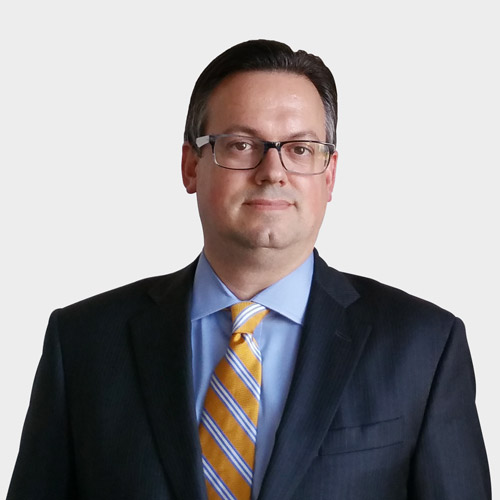It’s beginning to feel like a long time since Mehran Seifollahi has had a break—not that he’s asking for one.
“You like to have a little bit of time to catch your breath,” he says with a laugh. “I’m not complaining. I’m lucky to have been in the biopharmaceutical industry for a long time, going from project to project. I enjoy the excitement of having one project after another.”
For Seifollahi, director of global engineering for MedImmune—a Maryland-based biotechnology development company that’s a subsidiary of AstraZeneca—that might mean having to travel halfway around the world to join another project before the one that he’s currently working on has even been completed.
That scenario played out in 2015 when Seifollahi was heading a $200 million-plus expansion of AstraZeneca’s manufacturing facility in Frederick, Maryland. MedImmune has used the facility since 1999 to make Synagis, which is a biologics medicine used to help prevent a serious lung disease caused by respiratory syncytial virus.
The expansion, which adds roughly 40,000 square feet to the existing facility, includes new manufacturing, laboratory, and administrative space to help facilitate the development of additional biologics treatments.
“As program director, I was managing that project and a number of others,” he says. “It’s still ongoing, but I was needed [in] Russia to finish another pharmaceutical project there.”
So Seifollahi jumped from one $200 million-plus project to another—AstraZeneca’s state-of-the-art formulation and packaging facility in the Kaluga region of the Russian Federation. The new facility adds to the company’s expansion of its global manufacturing capabilities and will focus on final-stage manufacturing, packaging, and quality control.
Although changing projects before completion isn’t typical for Seifollahi, he says most large projects include other experienced project managers that can step in to keep development on track as others are called upon to bring their expertise to some of the more challenging job sites.
Seifollahi’s background, which includes time working on global projects for Merck & Co. and Amgen, made him an ideal fit to bring the Kaluga project to completion in 2016. Development of the new facility had faced numerous challenges due to such factors as securing the required variety of permits related to operating, as well as the turnover of the facility to AstraZeneca.


“One of the biggest challenges I face day-to-day is to get all the documentation requirements met,” he says. “The regulation in terms of documentation is to some extent very different and cumbersome compared to what we do in the US or [other parts of] Europe.”
That’s not to say that building facilities that house both the research and production of a variety of medicines are taken lightly anywhere else in the world. There are standards that AstraZeneca and MedImmune must meet in terms of compliance with all aspects of current good manufacturing practices, as well as regulatory requirements that are specific to different regions throughout the world.
Although these standards must be met wherever the company builds, Seifollahi says there’s a familiarity to US processes, and that even from a language perspective, building in French-, Italian-, and Spanish-speaking countries presents less of a challenge because of common themes in the languages that can be applied across the board. The Russian language, he says, is different, and requires schooling in the language—something not all employees experienced previously. Thankfully, Seifollahi had.
“My first priority [in Kaluga] was to make the team work as one and then to meet all the design and documentation challenges,” he says. “I think we’ve made great progress in that regard.”
The Kaluga site is expected to become fully operational in 2017, and at press time, Seifollahi says his work on the project should be complete by the second half of 2016. It might not be clear as to where he’ll go next for AstraZeneca and MedImmune, but there’s no shortage of options.
“We have a very exciting pipeline, which means that groups like us—global engineering—will be a lot busier than we already are to build the facilities and labs that our scientists need to further develop the science and manufacture potential drugs,” he says.
In other words, there might not be much time for Seifollahi to catch his breath once his work in Russia is done. Nevertheless, he’d say he’s lucky.


